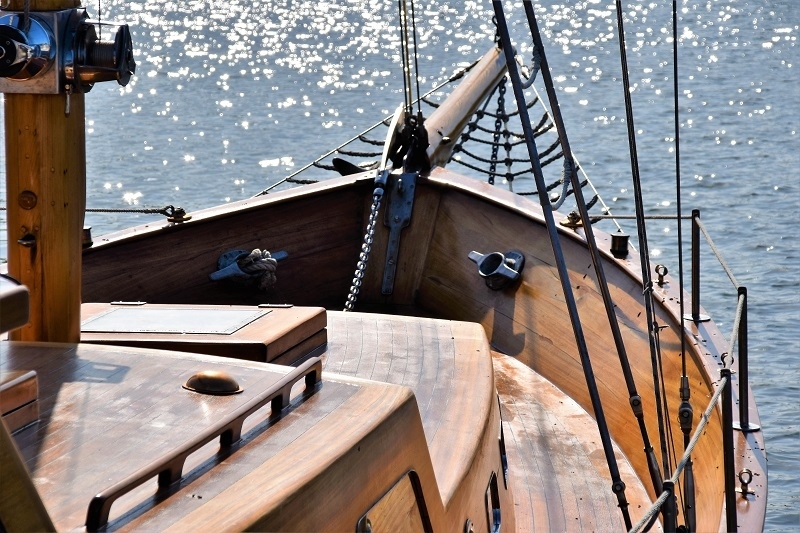Famous wooden boats – an ode to great discoveries made in wooden boats
Published: 19/04/21 By: Mike Bekin
Throughout history there have been many iconic ships and boats, some of which have gone on to make important discoveries. Boats and ships are renowned for being one of the earliest forms of transportation.
Playing a huge part in key events across the world, they’ve been used for fishing, transporting cargo, battle, sports, and recreation. They’ve been used by monarchs and explorers alike, and have resulted in some of the world's greatest discoveries.
So, today we’re paying tribute to three of the most famous wooden ships.
Santa Maria
The Santa Maria, along with the Nina and Pinta, are famed for being the ships in which Christopher Columbus sailed from Spain and discovered the Americas. He was seeking a new passage to reach Asia and the Far East, but instead of going in the same direction as those before him, he decided he would sail west. This medium size ship was approximately 36 metres in length and featured a timber deck and three masts.
Although known for its speed and agility, the Santa Maria unfortunately crashed off the coast of Haiti around Christmas 1492 and never returned to Spanish shores.
It is believed Columbus ordered some timbers of the lost ship to be stripped to build a fort on land.
In 2014, more than 500 years after the Santa Maria was shipwrecked, it is believed the remains were found off the coast of Haiti.
@MindGourmet reminds us of one of Christopher Columbus’s most famous quotes: You can never cross the ocean until you have the courage to lose sight of the shore.”
The Matthew
The Matthew was John Carbot's ship used to sail from Bristol 1497 in search of Asia, much like Christopher Columbus. On the 24th June he spotted land and called it Newfoundland. He believed it to be Asia and claimed it for England under the reign of Henry the VII.
What he actually discovered was Canada, and he is credited with having been responsible for the start of transatlantic exploration.
A replica of the Matthew can be found in Bristol today, built from Oak and Douglas fir. The original 1400s Matthew is presumed to have been built from oak, larch, and pine, all very sturdy for long sea voyages.
HMS Endeavor
Captain Cook's ship the Endeavor set sail in 1798. Cook's quest was to map out the Pacific Ocean. Between 1769 and 1771 he famously chartered Australia and New Zealand in his ship the Endeavour. The Endeavor was built in Whitby, North Yorkshire predominately from oak, known for its strength and durability.
After a successful mission, Endeavor was sold to the Royal Navy in 1775 and named Lord Sandwich 2 and used for transporting soldiers during the American War of Independence. Endeavour's life came to an end in 1778 when she was sunk during a blockade off Rhode Island.
There's no question that wooden ships have played an important part in history and carried some of the world's most revered explorers.
Wood was most commonly used for building ships up until the 1900s when shipbuilders started using iron and wooden masts were replaced with steam engines.
Today, there are still a handful of shipwrights who will use timber to build boats, showing that hundreds of years later there is still a place for the classic wooden boat.
